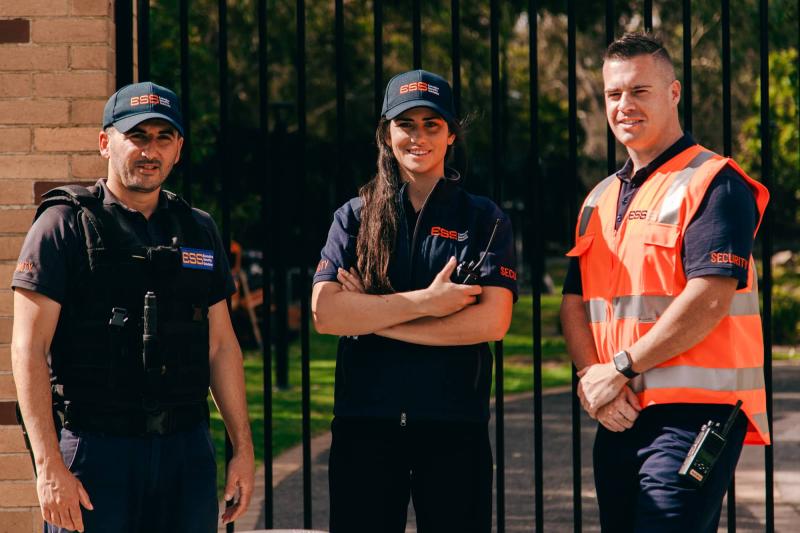6 Assistive Technologies For Websites
Easy internet access isn't universal. Millions with disabilities face online hurdles daily. Web accessibility bridges this gap, enabling all to navigate digital spaces. However, the question is if we are doing enough. Screen readers and voice search mark progress, but challenges persist.
So, we need to take a deeper look and see how we can make web design welcoming for all users. Imagine a web where everyone participates fully, regardless of ability — That’s what we’re aiming for! Our increasingly online world demands inclusive design.
Let’s explore web accessibility!
What is Web Accessibility?
Web accessibility includes principles that ensure websites accommodate the needs of all users, regardless of their abilities. They aim to remove barriers for over 1.3 billion people living with disabilities, making it easier for everyone to use and contribute to the web without assistance—and it improves the web experience for all users.
Your website accessibility checklist includes the following:
- Web Pages
- Navigation
- Video & Media
- And More!
The main goal here is to make as many elements as possible accessible for all users. This automatically will improve your website metrics, drawing in more people and rankings.
What is Assistive Technology?
Assistive technology refers to products or systems that help people with disabilities, impairments, or mobility challenges overcome difficulties. These solutions range from simple tools like pencil grips to advanced hardware and software systems, helping individuals perform everyday tasks such as walking or typing.
In the context of web browsing, assistive technology helps minimise or eliminate barriers posed by disabilities.
While assistive technology helps make the Internet accessible to everyone, its uptake remains lower among Americans with disabilities.
6 Assistive Technologies to Make Your Site Accessible
If you're looking to make your web design more inclusive, here are six assistive technologies worth trying.
1. Screen Readers
Screen readers convert the text on your website into speech, transforming visual content into auditory input. They can also convert text into braille, allowing blind users to explore your website with their fingers.
Incorporating screen readers enables people with blindness, low vision, and learning difficulties to consume your content independently.
Some popular recommendations include:
- Proper HTML structuring.
- Using ARIA roles.
- Writing descriptive headings and sentences.
- Using alt texts for images.
2. Screen Magnifiers
Screen magnifiers digitally enlarge onscreen content—text and images—helping users with poor vision or partial sight access your content without the usual eye strain. You can track the magnifier around the screen to create a smooth reading experience.
In a nutshell, a site optimised for screen magnifiers offers high-contrast text that is well-spaced and easy to enlarge.
3. Text Readers
Text readers use a synthesized voice to read website text aloud, often highlighting words as they are read. Unlike screen readers, they typically focus on body text and may not interpret non-textual elements. Reducing non-textual elements in your content body makes it more accessible to text readers.
4. High-Contrast Design
High-contrast web design allows users to customise element contrast to suit their visual needs, helping people with impairments like low vision or colour blindness. Varying the contrast between text, images, and background improves readability, allowing users to distinguish between web elements.
5. Voice Assistants
Voice assistants allow users to interact with websites through voice commands. They can open menus, search for information, or engage with customer service.
Optimising your content for voice search ensures accessibility for people with disabilities. This involves using a conversational tone, long-tail keywords, addressing FAQs, and optimizing for mobile.
Example of a site optimized for voice assistants:
When you ask, "How do you make choco chip cookies?" it provides a step-by-step recipe answer—a great tool when you're hands-deep in baking. This also helps people who have trouble using fingers for typing.
6. Alternative Input Devices
The last type of assistive technology you should consider for your website is alternative input devices. Many Americans require alternative input devices such as joysticks, trackballs, or head pointers, reducing the reliance on traditional computing methods like keyboards and mice. So, prioritising keyboard navigation in your website’s design helps accommodate these devices. This makes it easy to explore using just the keyboard.
Final Word:
What’s the use of web accessibility? Short answer: Web accessibility improves the browsing experience. You might be pleasantly surprised by the convenience of using voice search and screen readers when browsing. These technologies greatly enhance the experience, especially for those living with restricted mobility or disabilities. Plus, it also elevates your website’s SEO, or Search Engine Optimisation.
If you'd like to learn more about making your
website inclusive, you can contact a professional web design company. We
recommend Make My Website, a top-rated company for web design and SEO Melbourne. Check out their official website and schedule a consultation if you
want to know more about them. We’re sure you’ll appreciate their expertise in
reaching your goals.






Comments